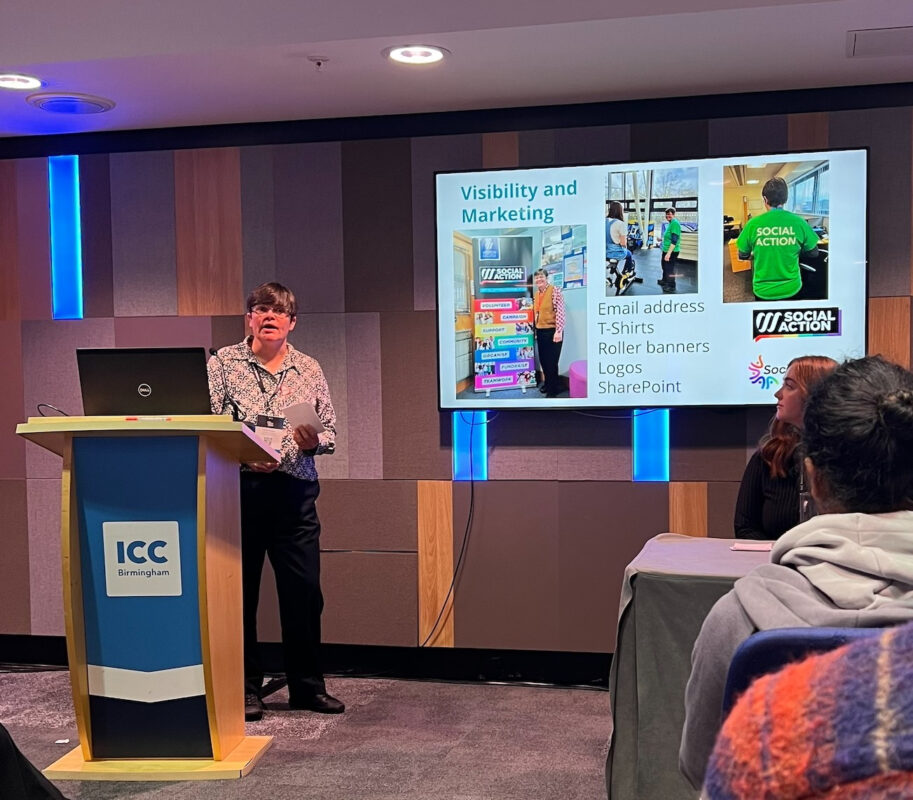Over three quarters of companies have a pay gap that favours men

Yesterday (4 April 2022) was the gender pay gap reporting deadline – the date in which all organisations with more than 250 employees must disclose their pay gap data.
Analysis of data recorded on the government website indicates that the median gender pay gap of all firms that reported in the past financial year is 9.8% – a slight decrease on the average of all firms reporting in 2020-21 (10.4%).
The results also show:
- More meet the deadline: 9,818 companies reported in time for the deadline. Whilst this is up from 9,628 firms that reported in time in 2021, there are still firms yet to comply
- Crackdown on rules: The Equality and Human Rights Commission (EHRC) have announced that they will begin enforcement against companies who have not complied with their obligations to meet the deadline. Consequences could be unlimited fines after court action.
- It’s a man’s word: Of the companies that had reported by the deadline of 5 April:
- 7,656 report a pay gap which favours men (78%)
- 1,326 have a pay gap favouring women (13.5%)
- 836 report no pay gap (8.5%)
- Financial institutions in trouble: Specifically, Reuters collated pay gap data from 21 major financial institutions, which showed an average mean gender pay gap of 32.1% – just over 1% narrower than the previous year’s average.
Sector Response
Ann Francke, CEO of Chartered Management Institute:
“Here we are again – another year of gender pay gap statistics and we’ve still not assigned this anomaly to the history books. On the contrary – for private businesses CMI research shows that this year the average pay gap has increased.
“Progress towards gender equality is at best slow and feels almost glacial.
“This is deeply disappointing given companies have had over two years to get themselves in check when mandatory reporting was relaxed.
“This is more than just about compliance with legal requirements. It’s about ensuring all of our workers are treated fairly and in a position to make the maximum contribution to economic and organisational success possible. The increasing gap suggests we are leaving many women short and so we all lose out.
“The recent threat from the Equalities and Human Rights Commission that it is potentially formalising penalties for those who miss the deadline for a second year in a row is welcome. At the same time it’s unfortunate that such measures may have to be taken.
“There are still far too many women in lower-paid junior roles and far too few women reaching the top. As a result, women will be hit hardest by the sharp rise in inflation and face the greatest increase in their cost of living.“
Agata Nowakowska, AVP EMEA at Skillsoft:
“Resolving gender disparity is complex, and has become even more so by the events of the past two years, which have disproportionately affected women across all facets of their professional lives. Until now, the impact of the pandemic on women’s progress has been hard to quantify, however these latest gender pay gap figures highlight that progress towards gender equity remains stagnant.
Clearly, we need to address the gender pay gap head on if we are to ensure that women don’t lose the important ground they’ve gained in corporate hierarchies. Accountability should lie with everyone, and the gender pay gap reporting deadline is a valuable benchmarking tool that not only ensures companies can recognise and improve upon their pay gap, but from which employees can monitor and advocate for change.
To close the gap, employers should ensure that female employees have the opportunity to expand their role towards higher-paying positions. This could mean reviewing how your organisation facilitates professional development, addressing unconscious bias or reviewing flexible working policies. Pay equity is achievable, but only if organisations are aware of their current position and take action to close the gap. After all, as this year’s results reflect, we must put our foot on the pedals of change to drive progress quicker.”
Kathy Doherty, HR Director EMEA at Cubic Corporation:
“The gender pay gap reporting deadline is an important benchmarking tool. Without it, businesses would probably have a lot of good will, but possibly not achieve as much to move the needle. Addressing the gender pay gap head on requires women to progress well within the business – increasing diversity is key. At Cubic Transportation Systems (CTS), we strongly encourage and support internal moves and find year on year that proportionally more women than men achieve a promotion. Indeed, due to our continued efforts, our gender pay gap dropped from 0.76% to 0.09% this year.
An intentional approach to diversity and inclusion is key. It’s about attracting women to the business in the first instance, but then also supporting them along the way so that they continue their journey, and move up to those more senior roles. It needs leadership buy-in, and can’t be an HR led or “tick in the box” activity. Currently, there aren’t enough women in the engineering profession. Beyond the basics of ensuring that there is diversity in every slate of candidates a hiring manager sees, we have formed a partnership with STEMReturners to target a candidate pool of mid-career returners who traditionally struggle to restart their careers after a break to have a family.
To create a lasting difference, diversity must be an integral part of each decision a business makes, in processes, in policies and in the behaviour of every employee. If businesses can deliver successfully on their DEI agenda, the narrowing of the gender pay gap will follow.”
Alex Pusenjak, Global VP, People & Culture at Fluent Commerce
“It’s really difficult to believe that a gender pay gap still exists in 2022, but organisations have to take action. Words are not enough. The pace of change has been so slow. DE&I isn’t an ‘issue’ for the CEO or the Senior Leadership Team to ‘resolve’. Systems and processes have to be adopted where everyone has accountability to ensure employees are being remunerated fairly and equally, regardless of their gender and this needs to be assessed at regular intervals to enable real change to be made.
The first step to ensuring gender and pay equity in your organisation is to educate your leadership team on what it is and why it’s important, before you get to the ‘how’. It is really important to make the ‘business case’ for DE&I so that it is ‘baked into everything’ from the beginning. I’d recommend setting up a Diversity, Equity & Inclusion Employee Resource Group that is tasked with proactively working on positive initiatives to create lasting and meaningful change. Ours at Fluent Commerce has been in place now for 12 months and they have successfully implemented a range of measures including our Work 180 employer endorsement, an education campaign about global pronouns and the promotion of 9 women across the business in the past 12 months.”











Responses